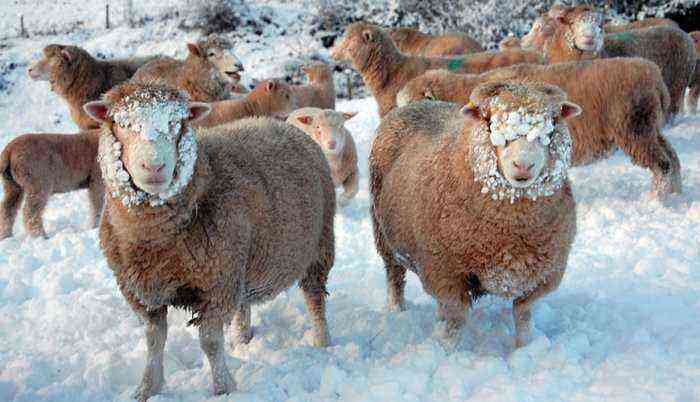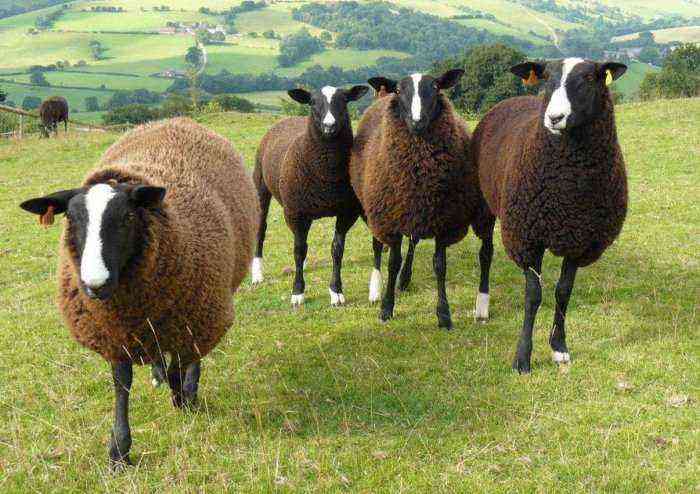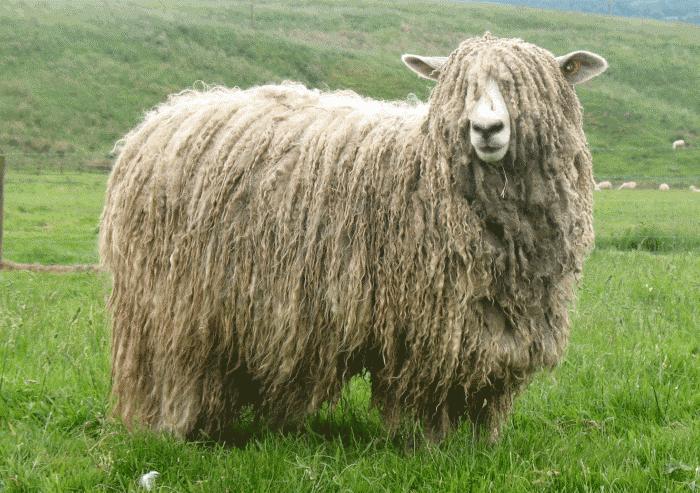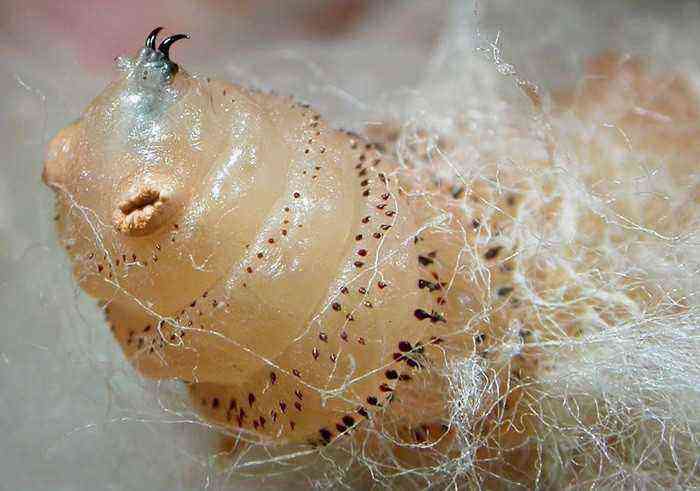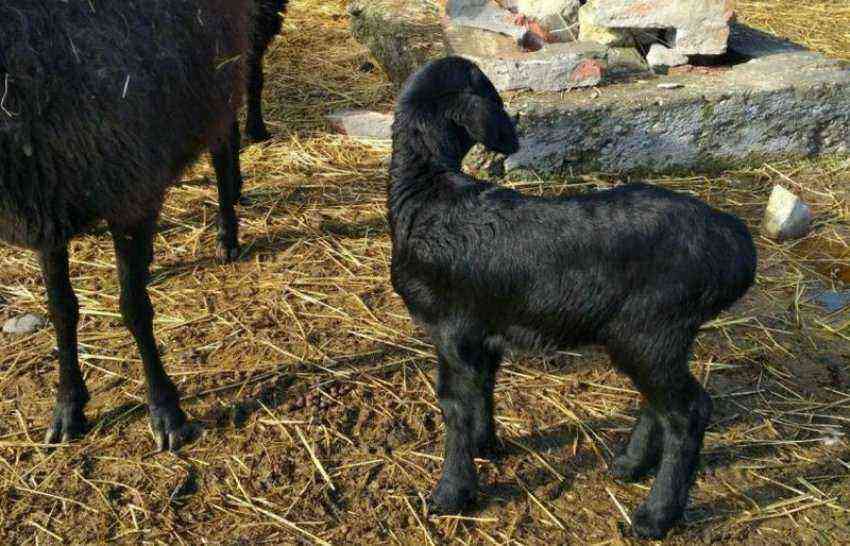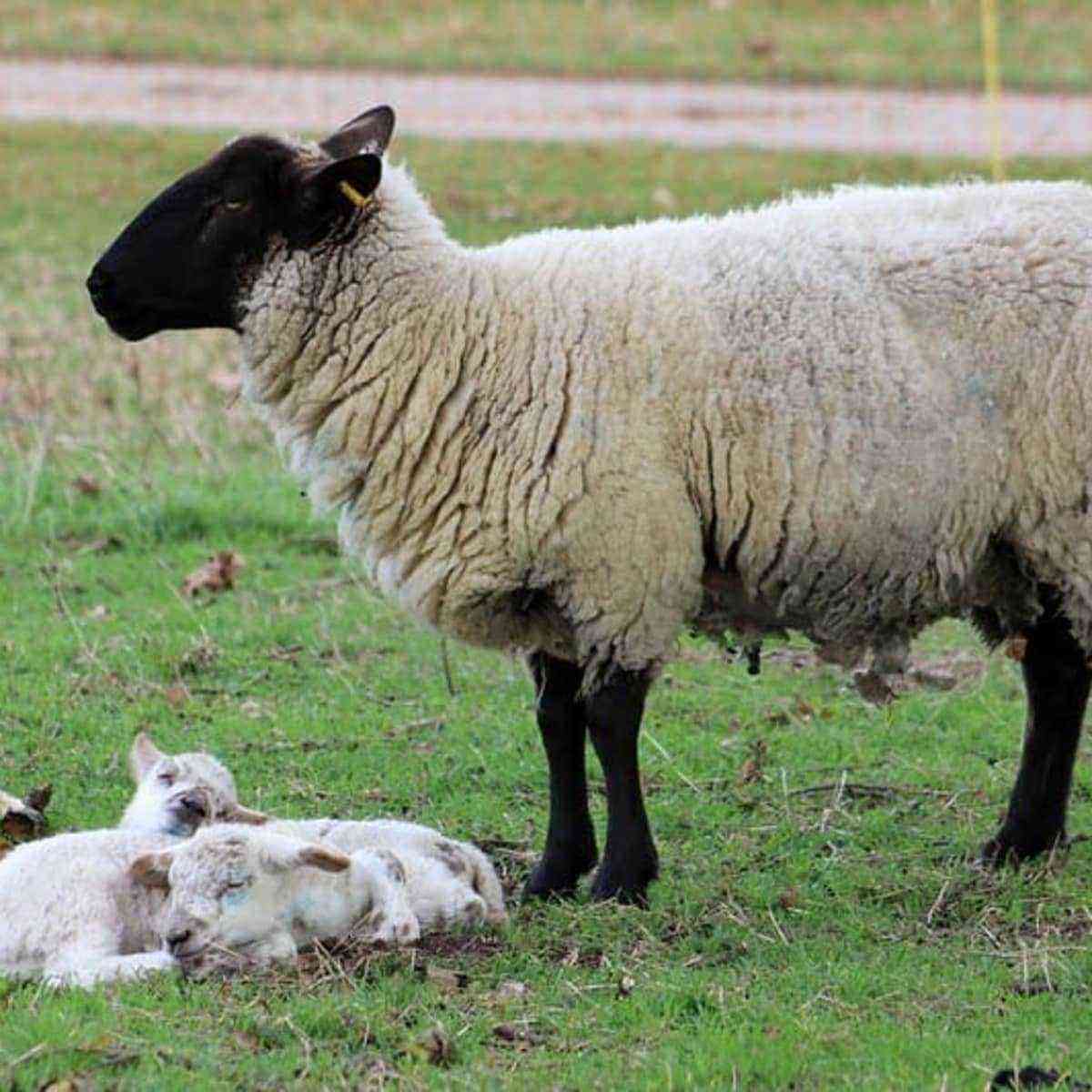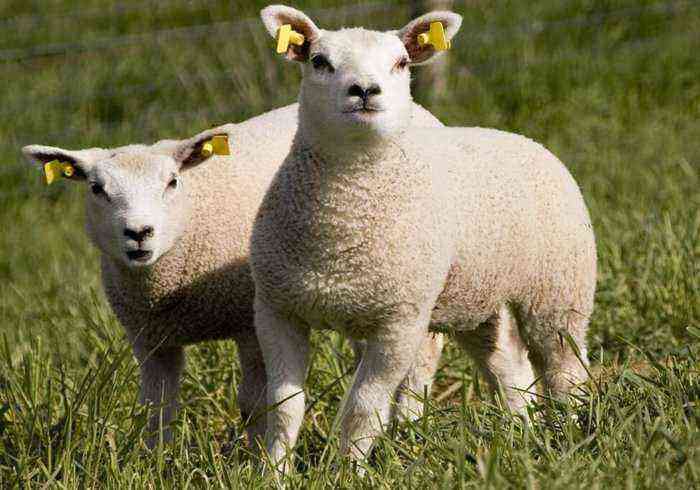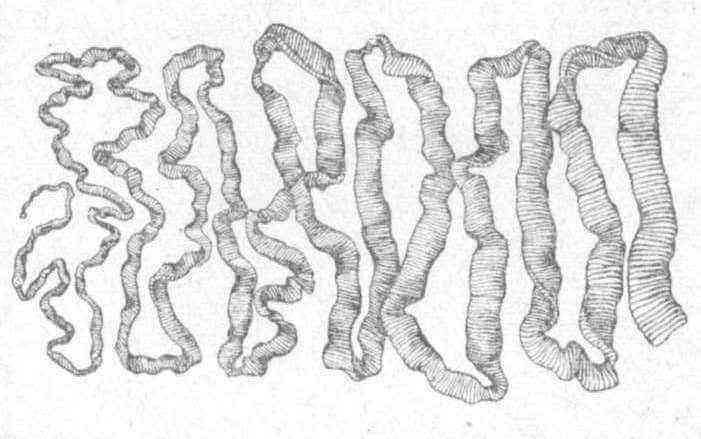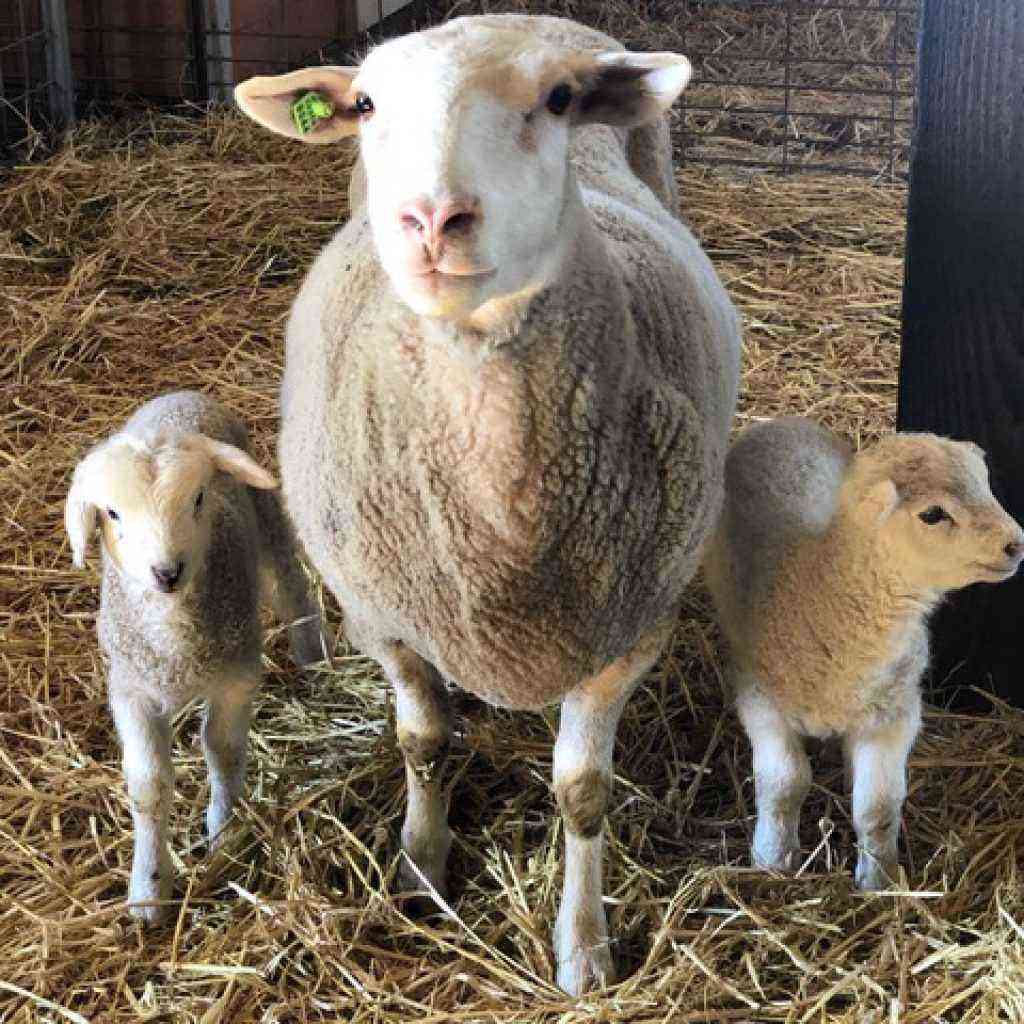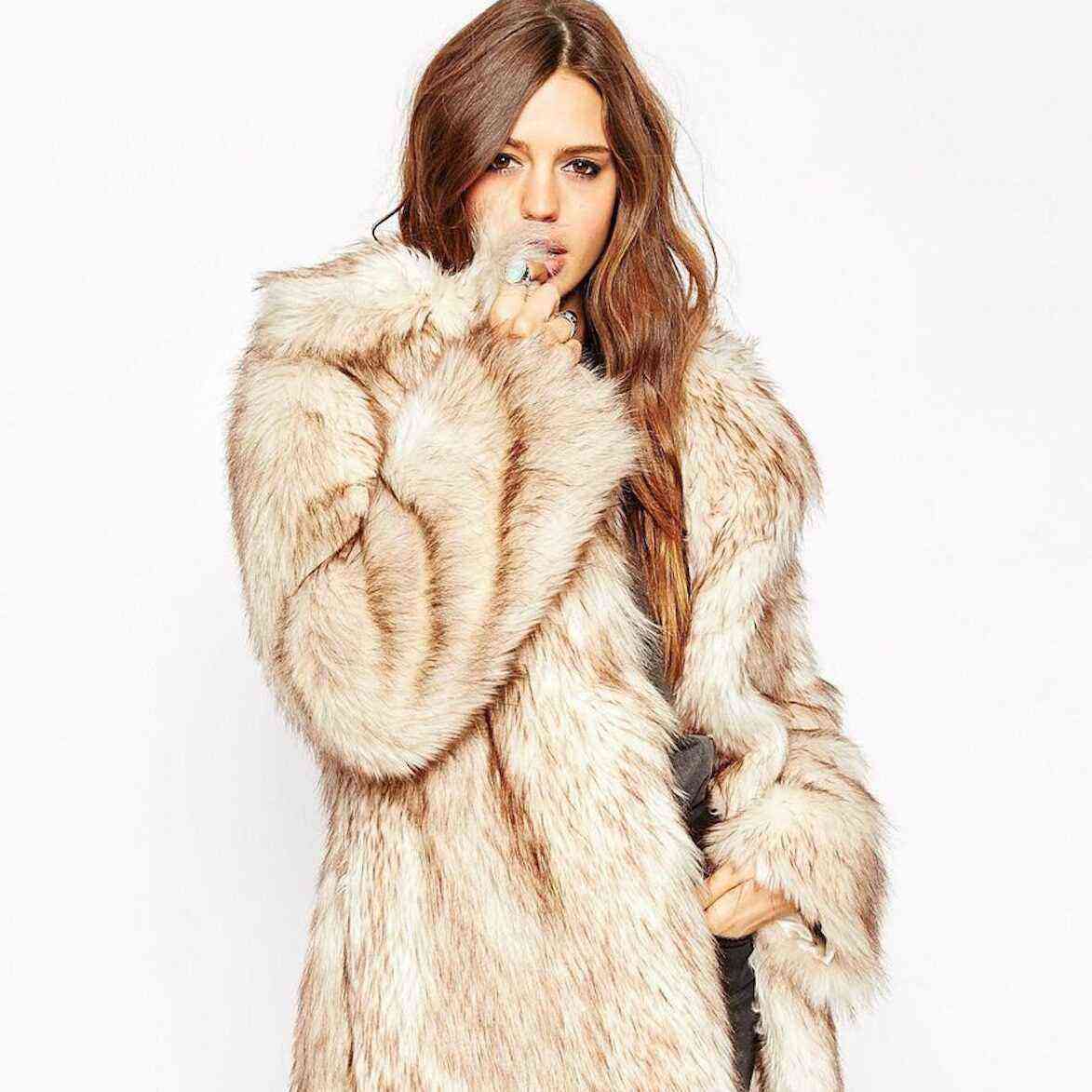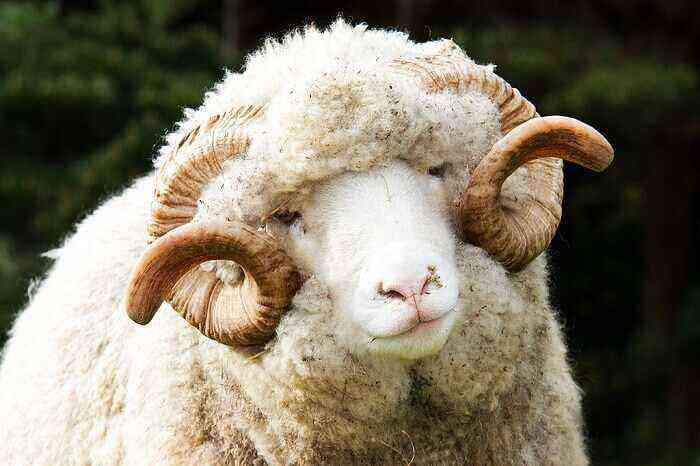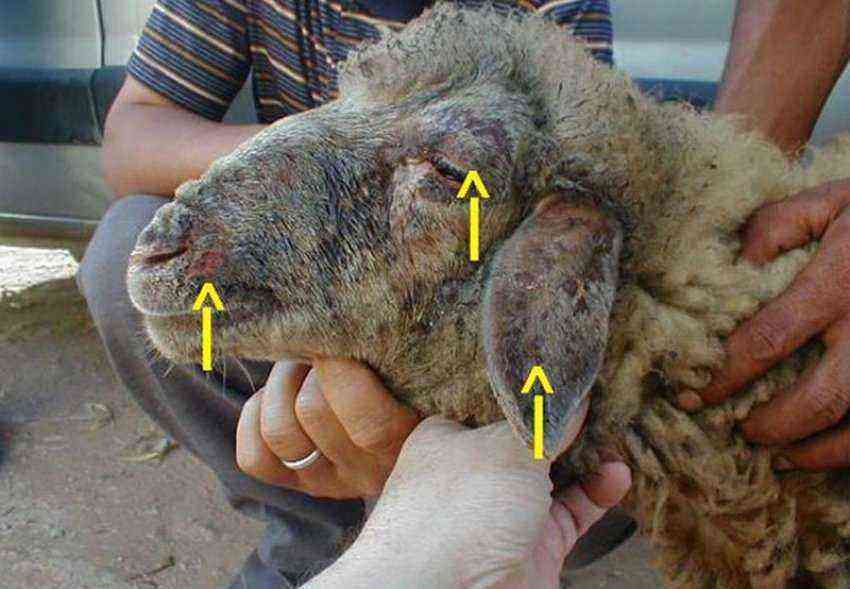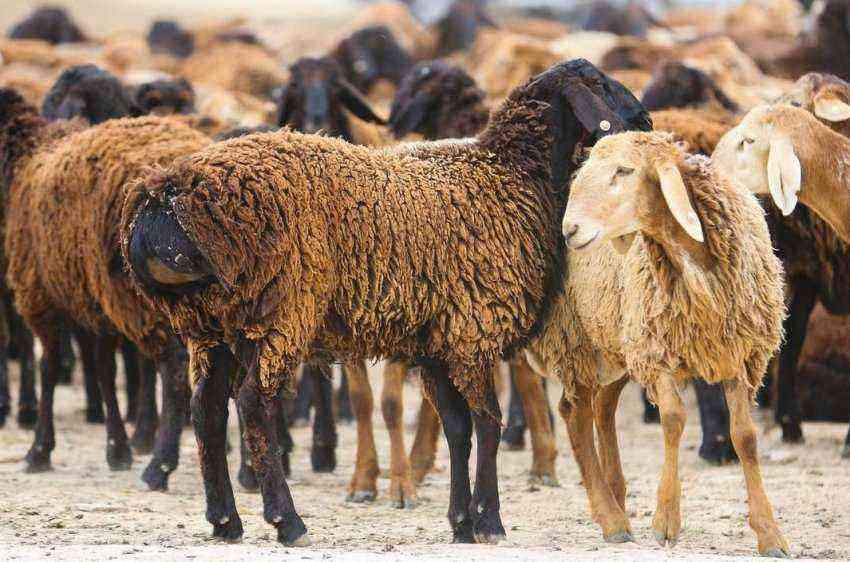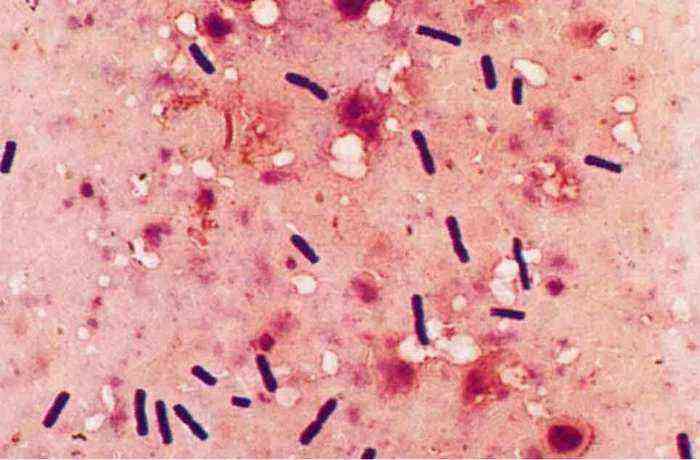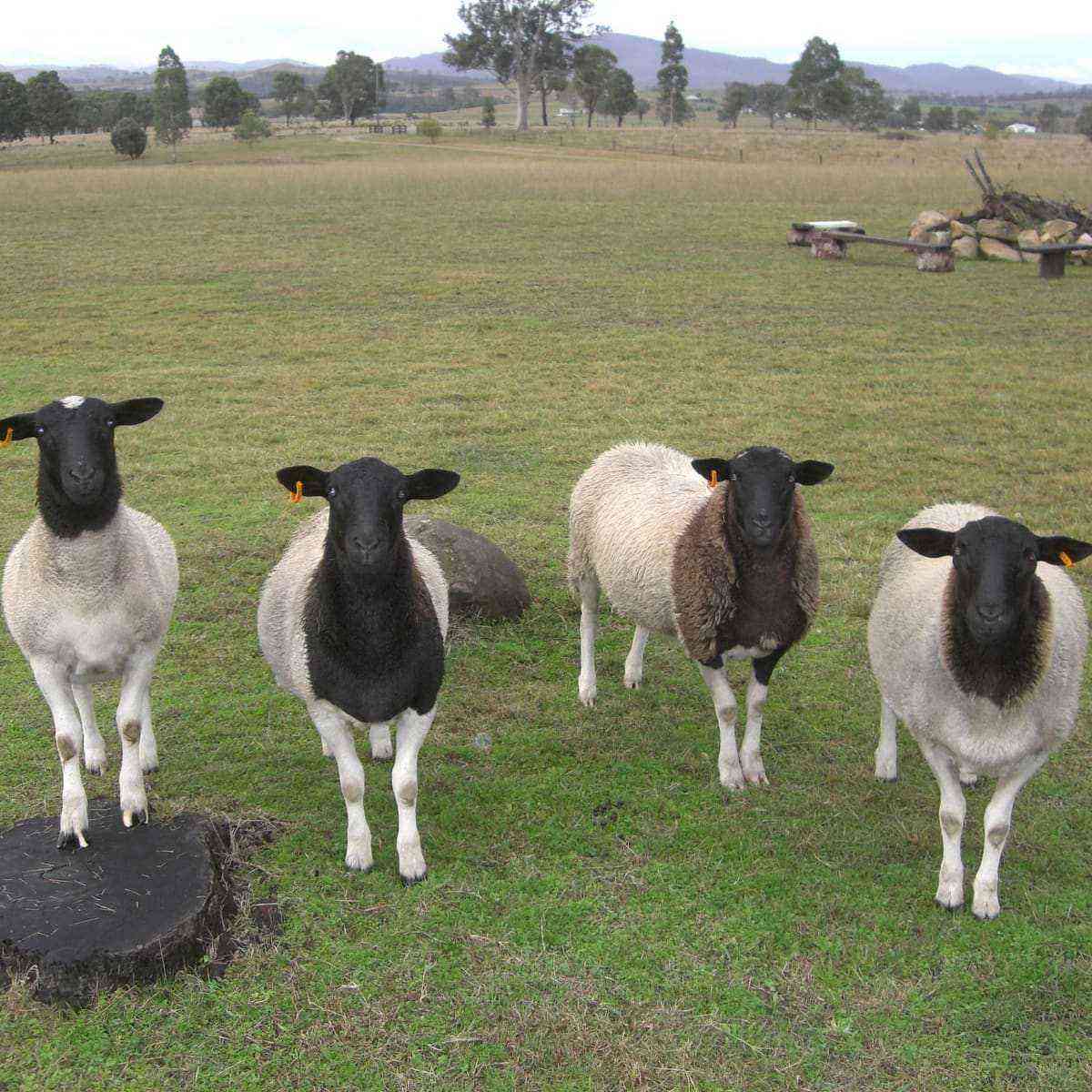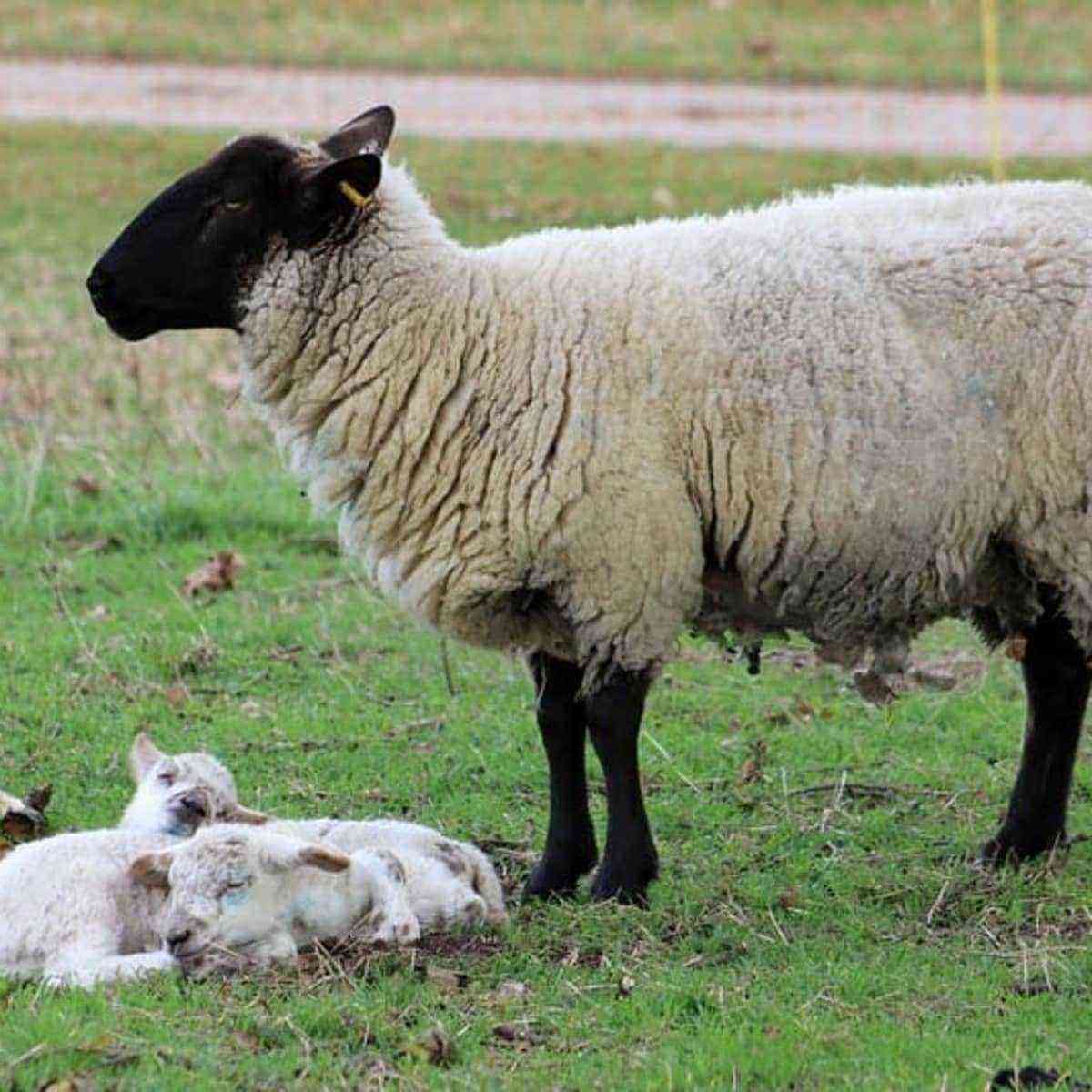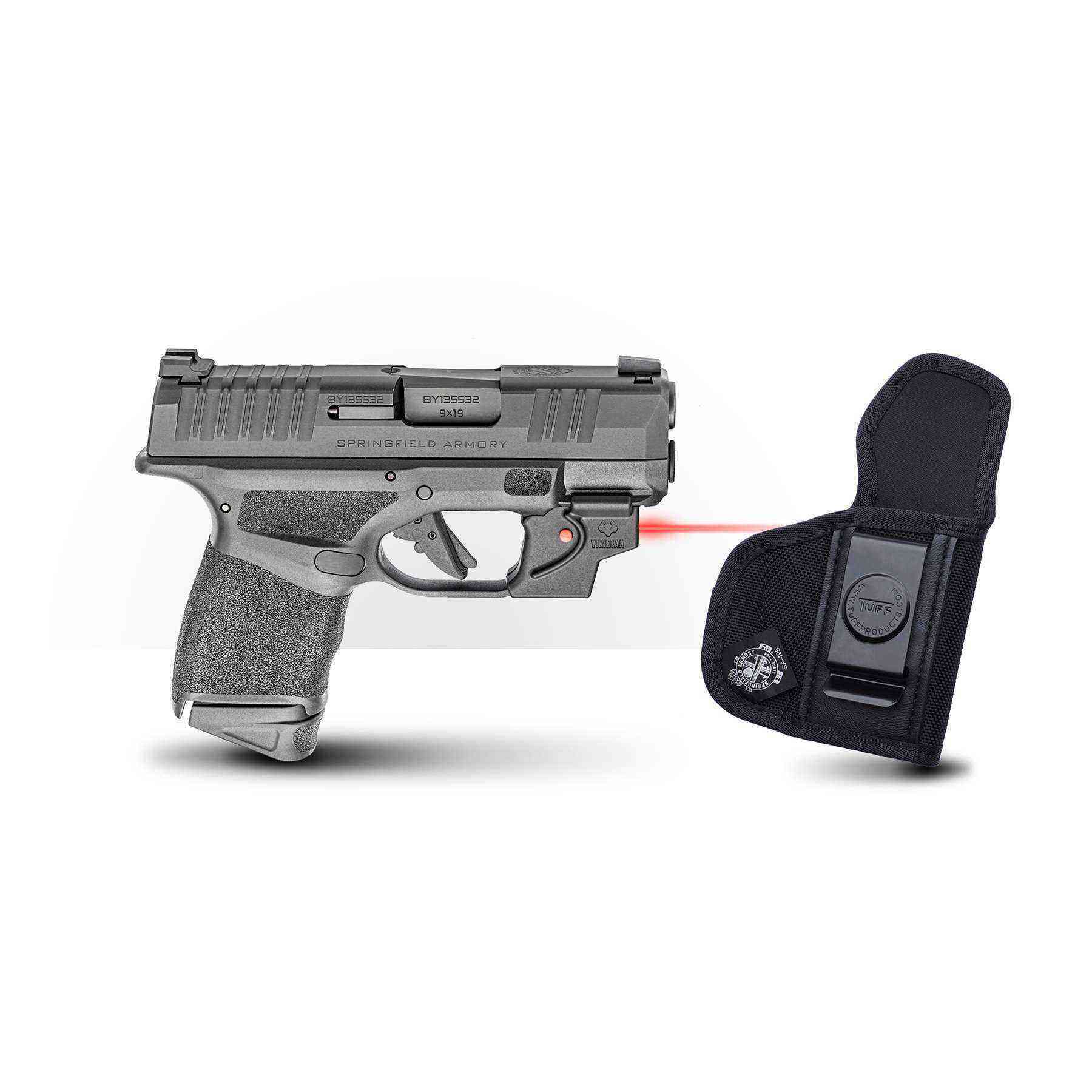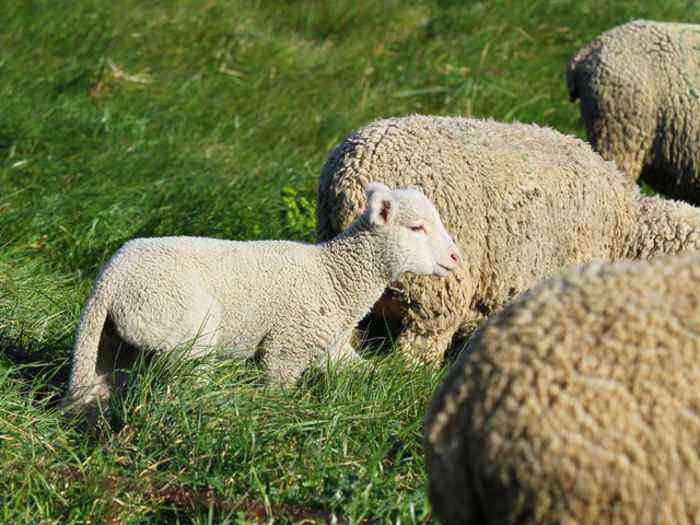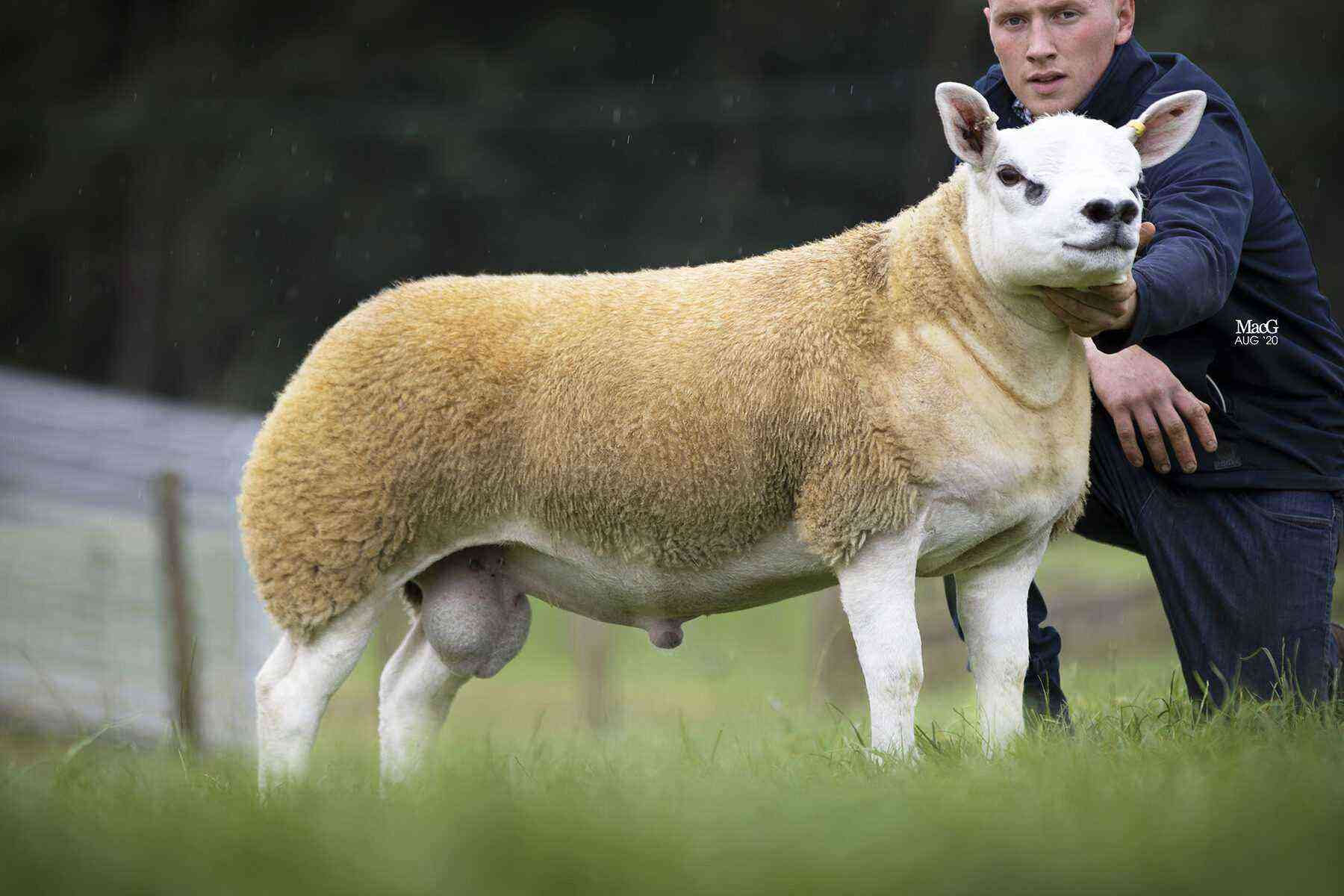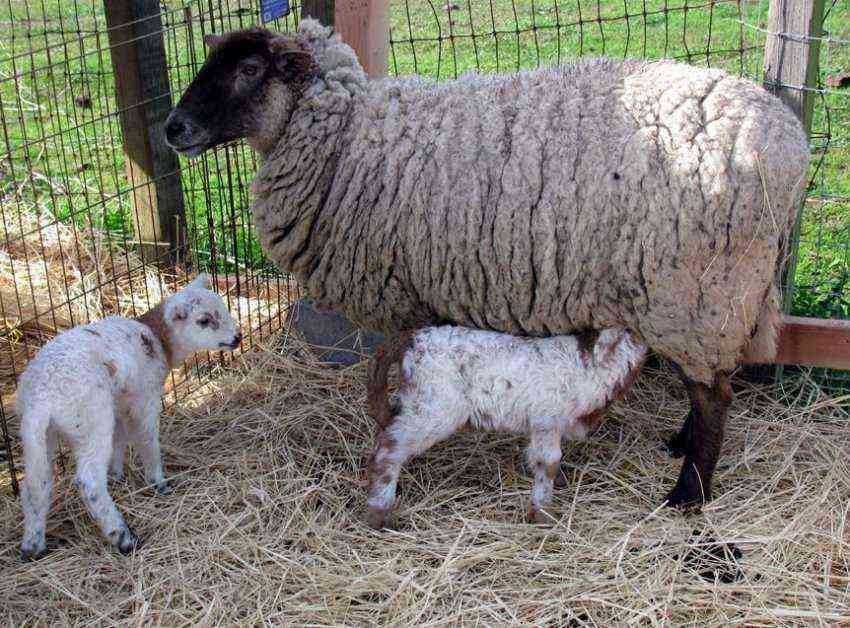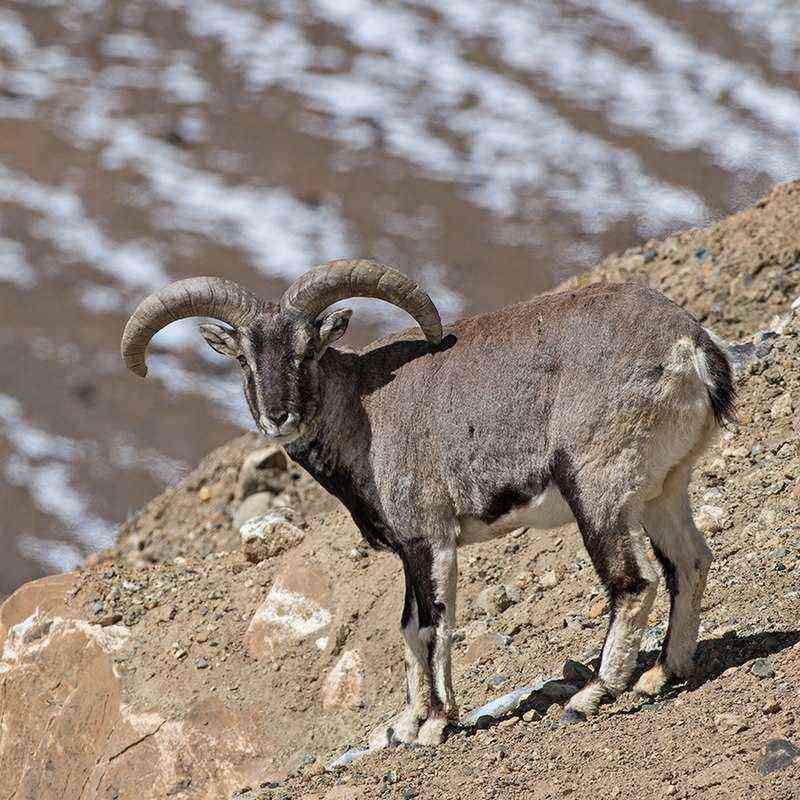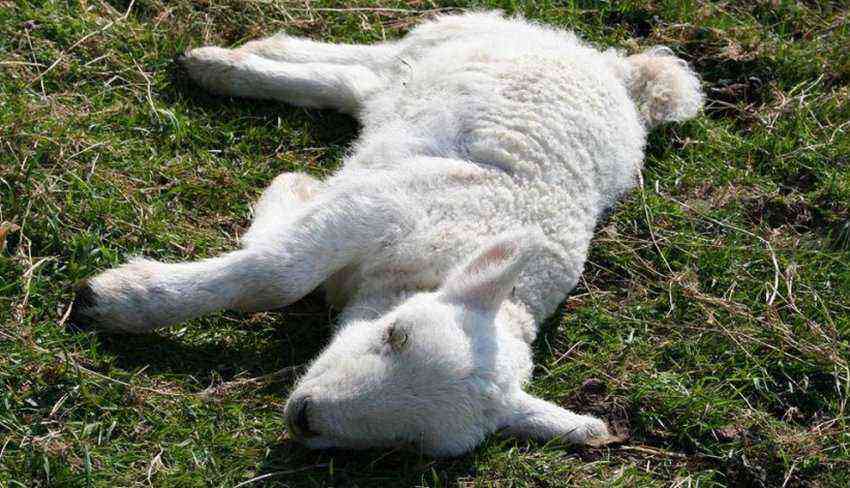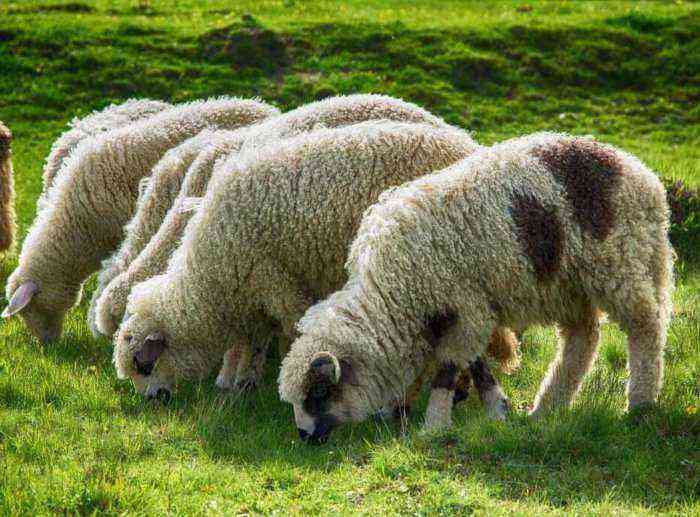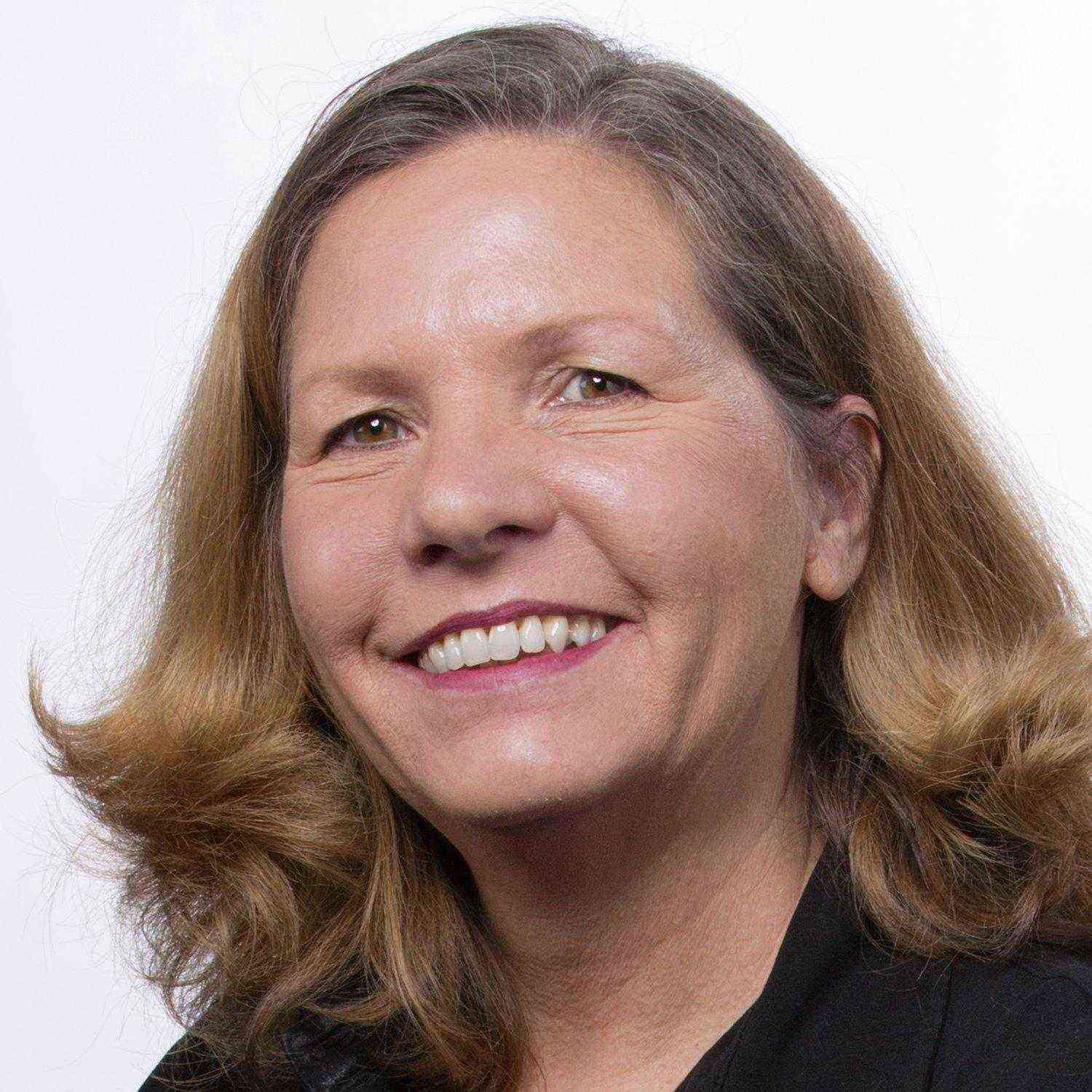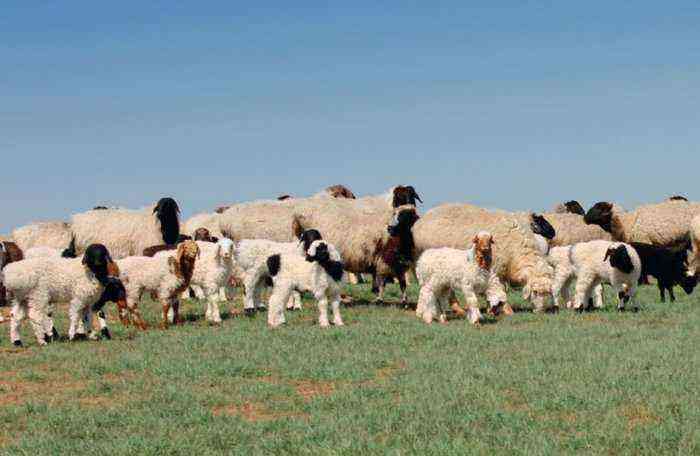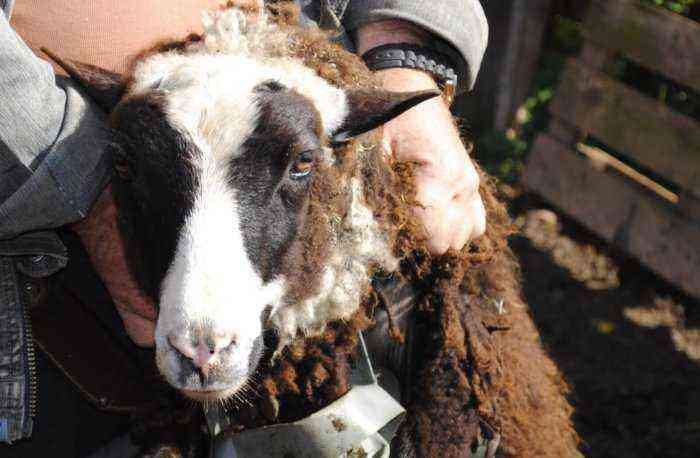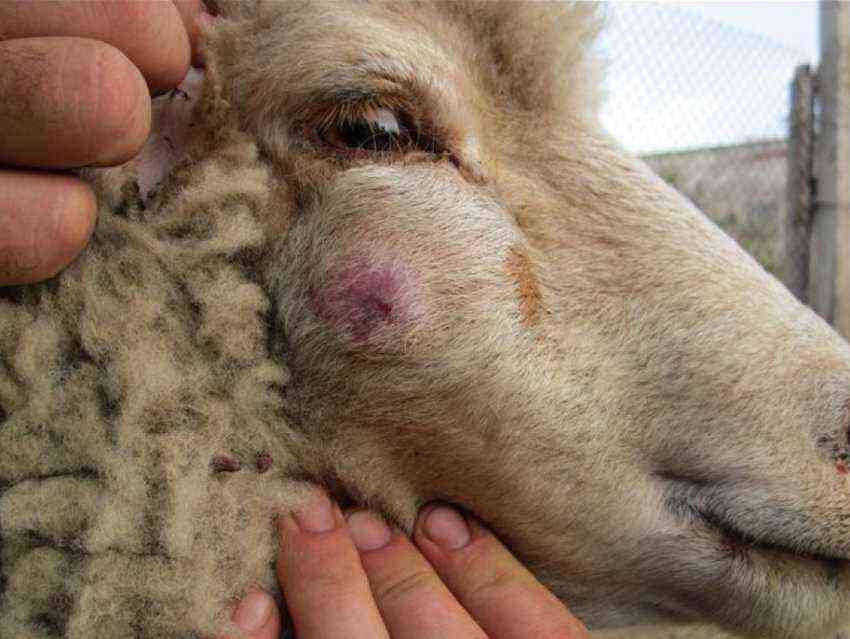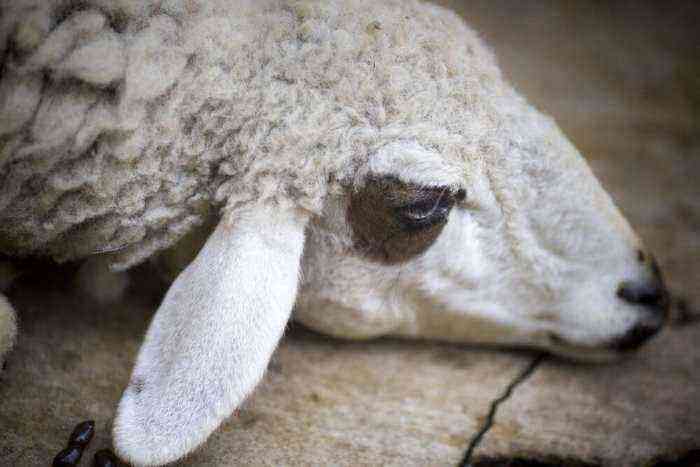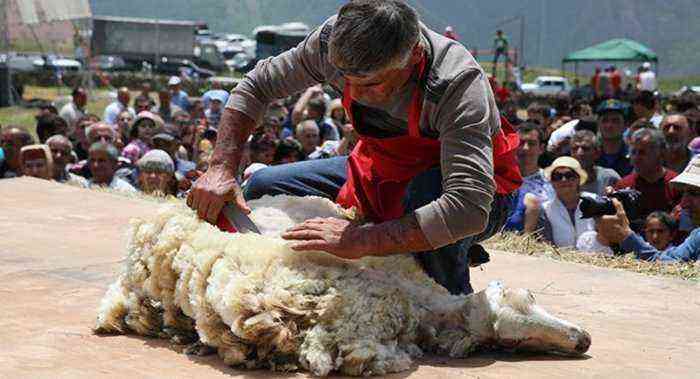Dorset sheep are used for meat and wool. They are rightly ranked among the best in terms of productive characteristics and fertility. There are 2 varieties of these sheep – Dorset Horn and Dorset Poll. The first type of animal is horned, and the second is polled. In terms of productivity, the species also differ. This article will tell about the characteristics of Dorset sheep and the origin of animals.
Dorset sheep
Description and characteristics of Dorset Horn
The Dorset Horn breed of meat and wool appeared in England a long time ago. It was registered in 1892. This type of sheep is horned. Consider their characteristics:
- the average weight of a ram is 110-120 kg, females – 70-90 kg;
- the body is barrel-shaped, dense, fleshy;
- the back is straight, wide;
- limbs are strong, set wide;
- the horns are large, twisted into a spiral;
- the head is small, the muzzle is graceful;
- wool is white, thick, semi-thin;
- fiber length reaches 8-10 cm;
- dark spots are allowed on the lips and nose.
Dorset Horn sheep show good fertility. Queens increase livestock growth by 140-180% annually. The average annual shearing of wool from an adult is 2-3 kg. Despite excellent productivity indicators, today the horned variety is not as popular as the polled one.
Description and characteristics of dorset poll
Another variety of Dorset, hornless, was bred in Australia. In 1954 it was officially registered. The progenitors of these sheep were local Australian lambs and Dorset Horn sheep. Such crossbreeding made it possible to improve the indicators of meat and wool productivity, as well as precocity. Now the polled variety is bred not only in Australia, but also in the USA, Canada, as well as in China and Japan. On the territory of Russia, these sheep are common in the Stavropol Territory.
Attention! A distinctive feature of the Dorset Poll breed is that the uterus has a pronounced maternal instinct.
Key Features:
- male weight – 115-150 kg, uterus – 80-110 kg;
- strong but light bones;
- knocked down body;
- thin skin;
- fleshy limbs with the correct setting;
- deep chest;
- wide back;
- medium sized head;
- wool 8-10 cm long, crimped, semi-thin, white;
- fleece thickness 27-30 microns.
Breed dorset poll
In terms of productivity, these animals were ahead of the Dorsets from England. Lambs of this breed quickly gain weight. At the age of one year, a lamb weighs about 100 kg. Animals of this breed line are also valued for their early ability to reproduce. At 7-8 months, the bright can be given for mating.
Attention! One of the advantages of Dorset Poll sheep is the ability to adapt to different weather conditions, and the climate does not affect their ability to breed.
The fertility rate of females of the polled variety reaches 185%. For 2 years, the uterus brings offspring 3 times, and their lambing is easy. Valuable woolen raw materials are also obtained from animals. Their fleece is soft and thin, it is assigned a quality level of 48-58. The average annual clipping from an adult varies between 1,5-2,7 kg. The output of pure wool after the washing procedure is close to 58%.
Benefits of Dorset Poll Sheep
The Australian variety of dorsets has many advantages:
- sheep have a well-developed muscular system;
- the backbone of animals is light, albeit strong, due to which the rate of slaughter meat yield increases;
- the skin of polldorsets is thin;
- the fat mass is evenly distributed throughout the body, due to which the meat acquires juiciness and tenderness;
- animals are undemanding to the food base;
- precocity – lambs develop quickly, they are ready for mating at an early age, at 7-8 months;
- excellent taste of meat;
- wool productivity and fleece quality at a high level;
- queens are fertile and able to take care of offspring.
Due to its merits, the breed quickly spread throughout the world. In the United States, the Dorset Poll breed is highly regarded, in this country it ranks 3rd in popularity.
What is tribreeding?
Sheep breeders and breeders practice the method of three-breed crossing, applying it to Dorset Poll sheep as well. It allows you to significantly improve the performance and fertility of purebred individuals.
Crossing Dorset sheep with Romanov queens allows you to get offspring that show high fertility. In the future, in order to improve the meat productivity of crossbred ewes, they are crossed with Suffolk meat rams.
Attention! Three-breed crossing of Dorset sheep according to the above scheme is suitable for Russian breeders. Romanov queens pass on to offspring adaptability to the local climate and increase the fertility rate.
Dolly the Sheep
An interesting fact is that the world-famous sheep named Dolly, which was cloned in 1996, belonged to the Dorset breed. Her life was short – 6,5 years. Sheep gave birth to 6 lambs.
Dorset sheep have gained popularity due to their high meat productivity and the excellent quality of their wool. Farmers interested in meat sheep should get to know the Dorsets from Australia better.
